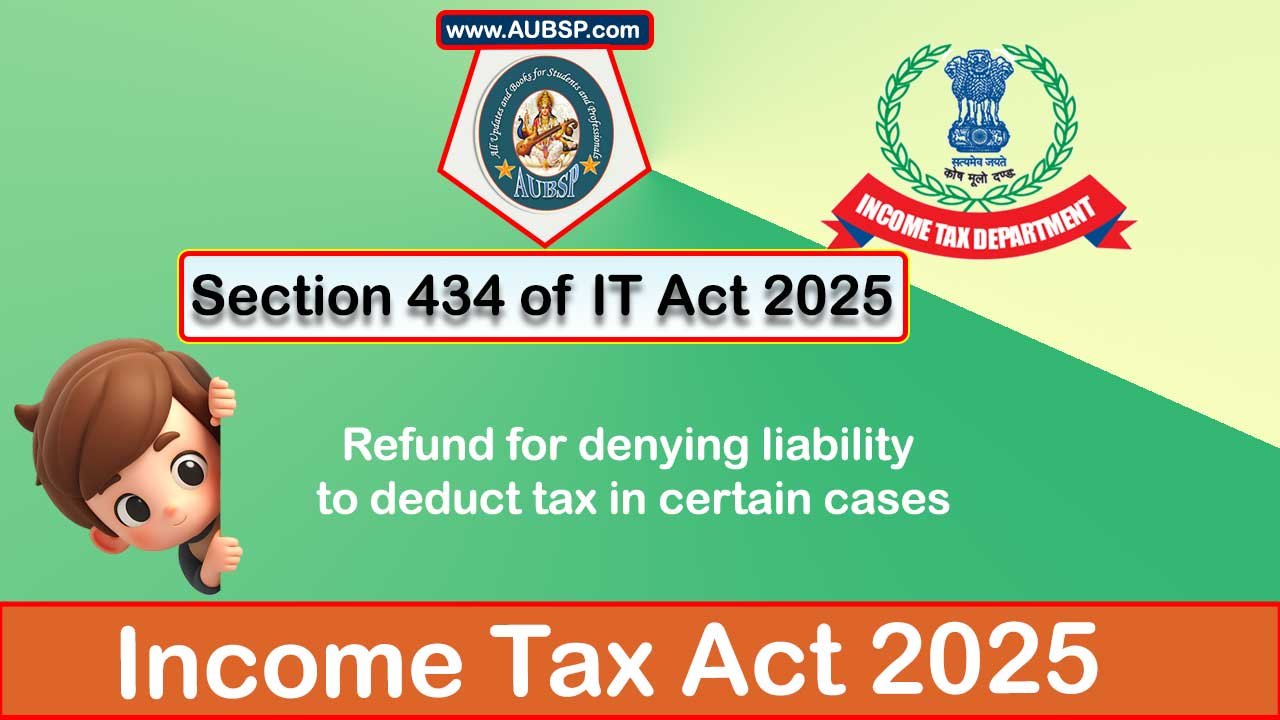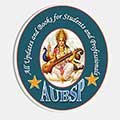Refund for denying liability to deduct tax in certain cases
[Section-434 as per the Income Tax Act, 2025 (this Act) w.e.f. 1st April, 2026.]
Section 434(1) of Income Tax Act 2025
434(1) Where,––
- 434(1)(a) under an agreement or other arrangement, in writing, the tax deductible on any income, other than interest in section 393(2) (Table: Sl. No. 17), is to be borne by the person by whom the income is payable; and
- 434(1)(b) such person having paid such tax to the credit of the Central Government claims that no tax was required to be deducted on such income,
he may, within thirty days from the date of payment of such tax, file an application before the Assessing Officer for refund of such tax in such form and such manner, as prescribed.
Section 434(2) of Income Tax Act 2025
434(2) The Assessing Officer shall, by an order in writing, allow or reject the application.
Section 434(3) of Income Tax Act 2025
434(3) No application under sub-section (1) shall be rejected unless an opportunity of being heard has been given to the applicant.
Section 434(4) of Income Tax Act 2025
434(4) The Assessing Officer may, before passing an order under sub-section (2), make such inquiry as he considers necessary.
Section 434(5) of Income Tax Act 2025
434(5) The order under sub-section (2) shall be passed within six months from the end of the month in which application under sub-section (1) is received.
FAQs on Section 434 of Income Tax Act 2025
What is Section 434 of the Income Tax Act, 2025 about?
Section 434 provides a mechanism for a person who has borne and paid tax under a written agreement, but later claims that tax was not deductible, to apply for a refund.
Who can apply for a refund under Section 434?
A person who has paid tax on behalf of the income recipient under a written agreement or arrangement and now claims that no tax was required to be deducted.
Is interest income covered under Section 434?
No, the provision specifically excludes interest income referred to in section 393(2), Table Sl. No. 17.
What is the time limit to apply for the refund under Section 434?
The application must be filed within 30 days from the date of payment of such tax to the Central Government.
To whom should the refund application be made?
The application should be made to the Assessing Officer in the prescribed form and manner.
Can the Assessing Officer reject the application without giving a hearing?
No, the Assessing Officer must provide an opportunity of being heard before rejecting the application under Section 434(3).
Is the Assessing Officer allowed to conduct an inquiry before passing an order?
Yes, under Section 434(4), the Assessing Officer may conduct any inquiry that he considers necessary before making a decision.
What is the time limit for the Assessing Officer to pass an order on the refund application?
The order must be passed within six months from the end of the month in which the application is received, as per Section 434(5).
What type of order can the Assessing Officer pass under Section 434(2)?
The Assessing Officer can either allow or reject the refund application by a written order.
Is the refund automatic if tax was wrongly deducted?
No, the person must apply formally and satisfy the Assessing Officer that no tax was required to be deducted.
What happens if the application is not filed within 30 days?
The applicant may lose the right to claim the refund under Section 434 if the application is not made within the stipulated 30-day period.
Does this provision benefit the deductor or the deductee?
Section 434 specifically benefits the deductor who has borne the tax liability under a written agreement and now claims that such deduction was not required.


